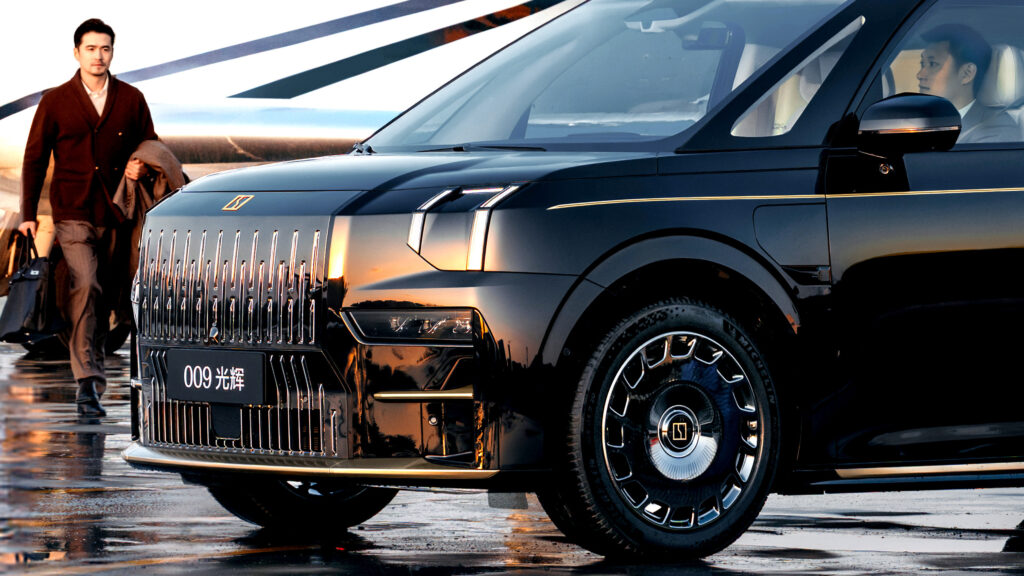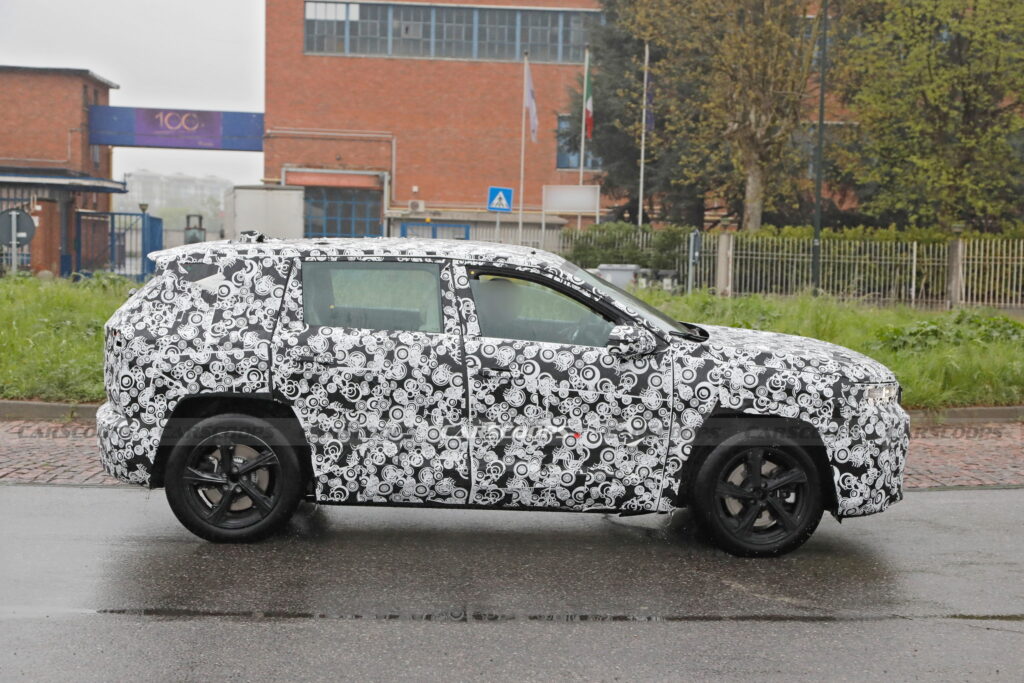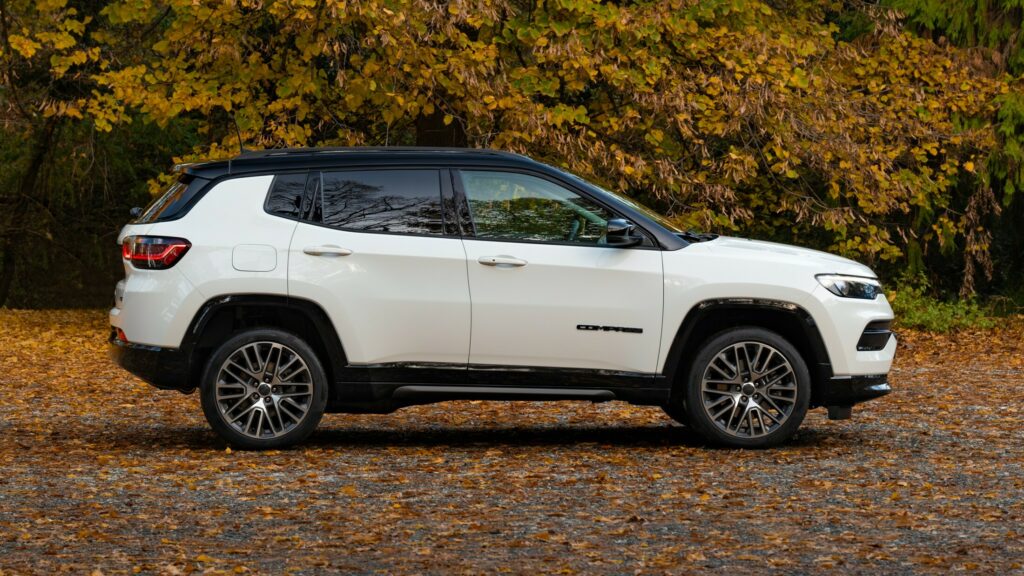BMW M Confirms A New Halo Sports Car

- The BMW Skytop will be followed by more limited-production models from the brand.
- One of them will be a bespoke BMW M, designed as a halo model for enthusiasts.
- This news follows reports about scrapped sports car and supercar development projects.
BMW seems to be on a mission to cash in on the growing appetite for ridiculously expensive, limited-edition cars with a new halo model aimed at its performance division. And, it seems BMW M is finally tuning in to the demands of fans, who have long been begging for a modern version of the M1, blending the exotic appeal of the past with a contemporary twist.
More: BMW Scrapped A 95% Finished Supercar For The XM SUV
The news follows the announcement that the BMW Skytop concept from last year’s Concorso d’Eleganza Villa d’Este will soon enter production, with only 50 units expected and a rumored price tag of $500k. The success of this project has inspired BMW to roll out more similarly bespoke models, though this time, they’ll carry the M emblem.
A Future of Ultra-Limited Editions
Sylvia Neubauer, BMW M’s Vice President of customers, brand, and sales, shared some insight into the company’s future direction with AutoExpress: “BMW’s strategy is to have a series of small-series additions that we offer to the markets. There will be something coming at Villa d’Este this year, and probably some future small-series editions with the ‘M’ designation.”
When asked if this could include a bespoke BMW M model inspired by the original M1, Neubauer stated:
“Definitely, such halo cars clearly position the brand. They make it very, very desirable. They have that positive spillover effect on the brand and on the product portfolio. You’re making a certain customer group very, very happy with these dream cars. Even those that cannot afford the car admire the brand. This will be part of our future road map as well.”
A New M1, Sort of?
Several months ago, reports surfaced about BMW having worked on a spiritual successor to the M1, possibly with a plug-in hybrid powertrain. The I16 project was allegedly 95% ready when it was scrapped in favor of the controversial XM SUV. Other reports suggest that plans for a fully electric supercar were also cancelled after it reached the clay model stage.
More: Does BMW’s Electric M3 Concept Look Any Better Without Camo?
While we still don’t know if the upcoming bespoke BMW M car will have any ties to these canceled projects, the sighting of the Neue Klasse EV Coupe in testing suggests something special could be on the horizon. If the camouflaged prototype’s dramatic design is paired with the performance capabilities of BMW’s next-gen electric powertrain, we might just be looking at a true M1 successor, albeit one with a very different powertrain under the hood.
Baldauf
Competing with Porsche?
Neubauer was also asked whether the new model could compete with the Porsche 911, to which she replied: “That market obviously is an interesting market. But we also know that Porsche customers are very, very loyal to their brand. So if we do it, we definitely need to do it spot on—100 percent.”
This doesn’t exactly provide a definitive answer about the car’s design or character, but Neubauer did confirm that BMW M is “internally” working on a “dream car.” When asked about its launch timing, Neubauer added, “Let’s wait for the right time.”
With all these pieces falling into place, it’s clear that BMW M has something big on the way. Whether it’s an M1 revival, a fully electric supercar, or something else entirely, one thing is for sure: The wait will likely be worth it.
































